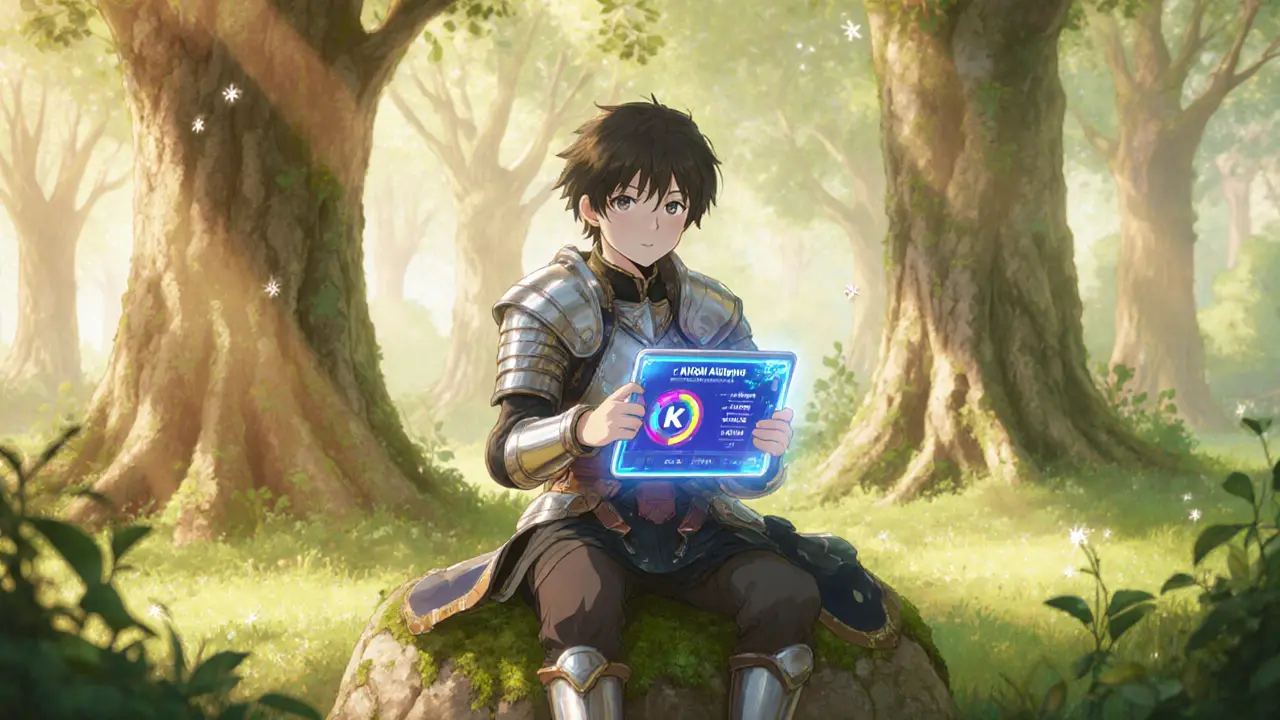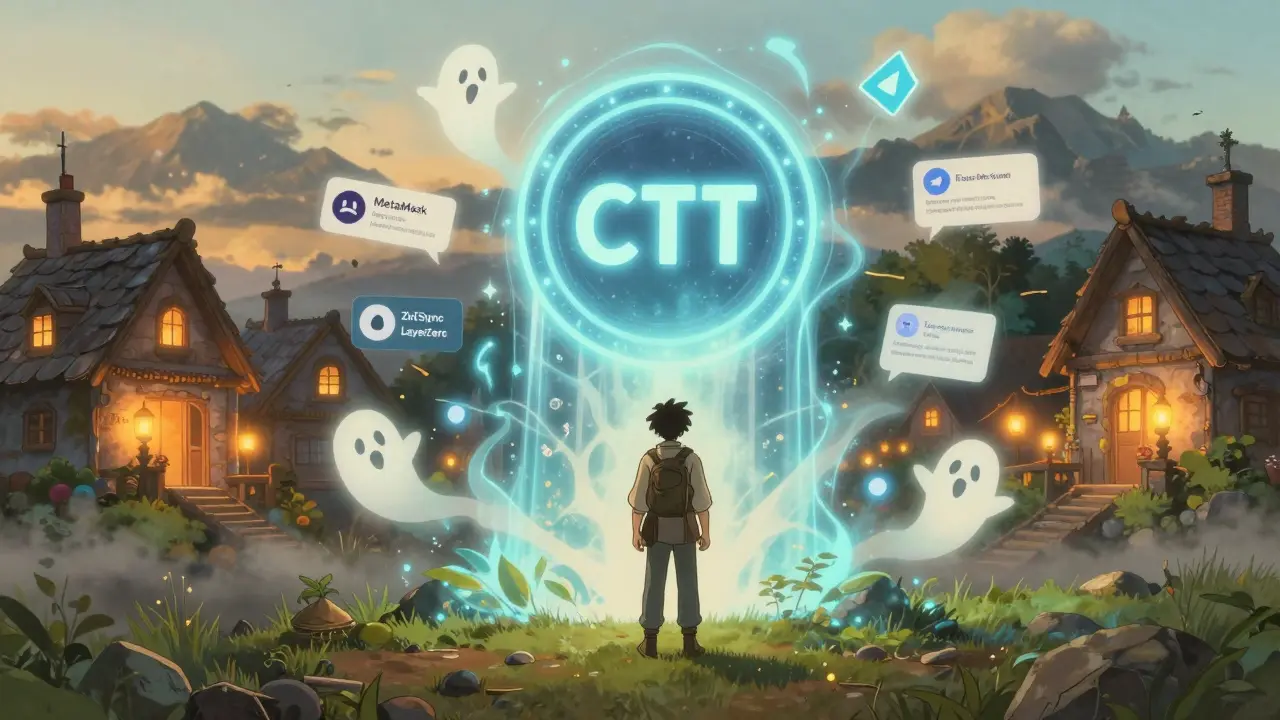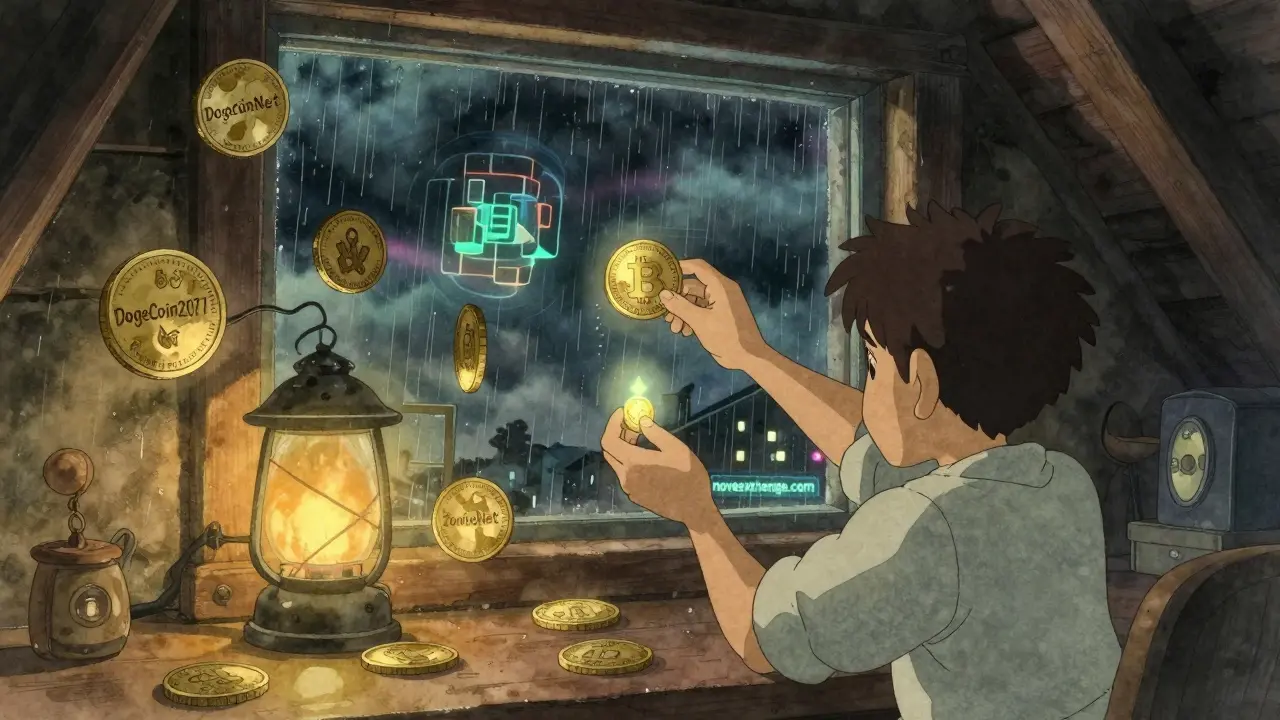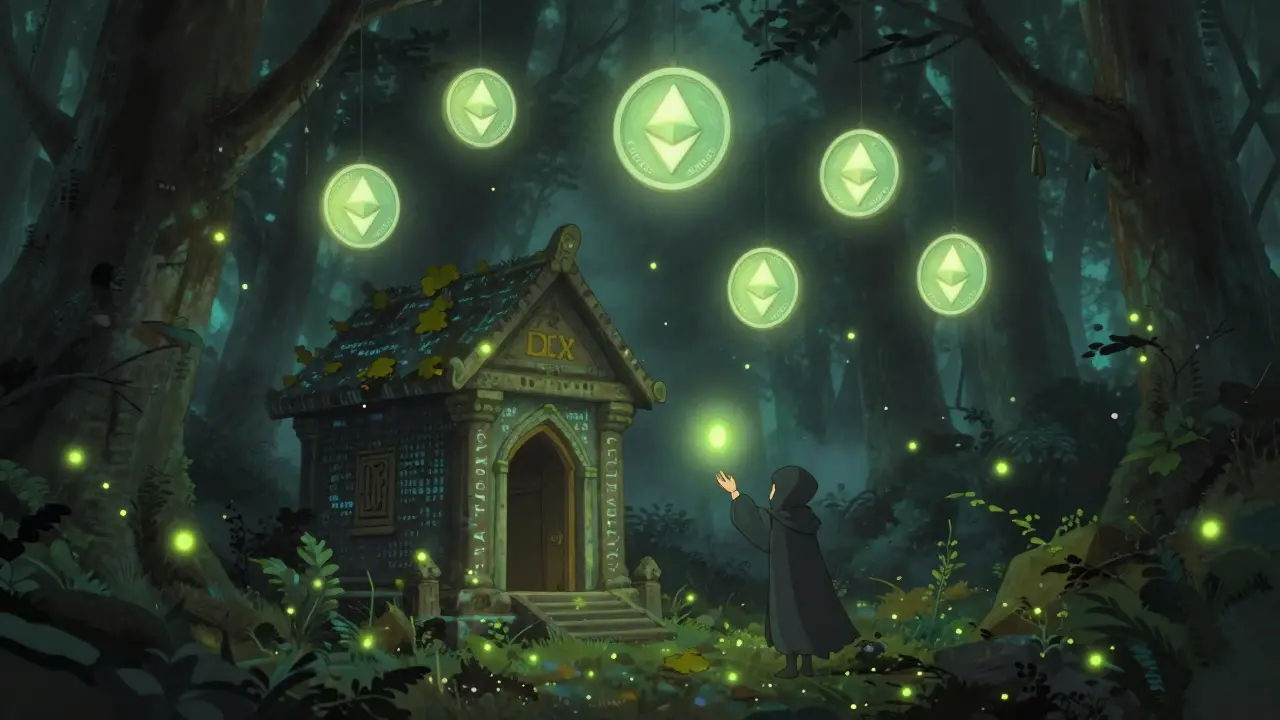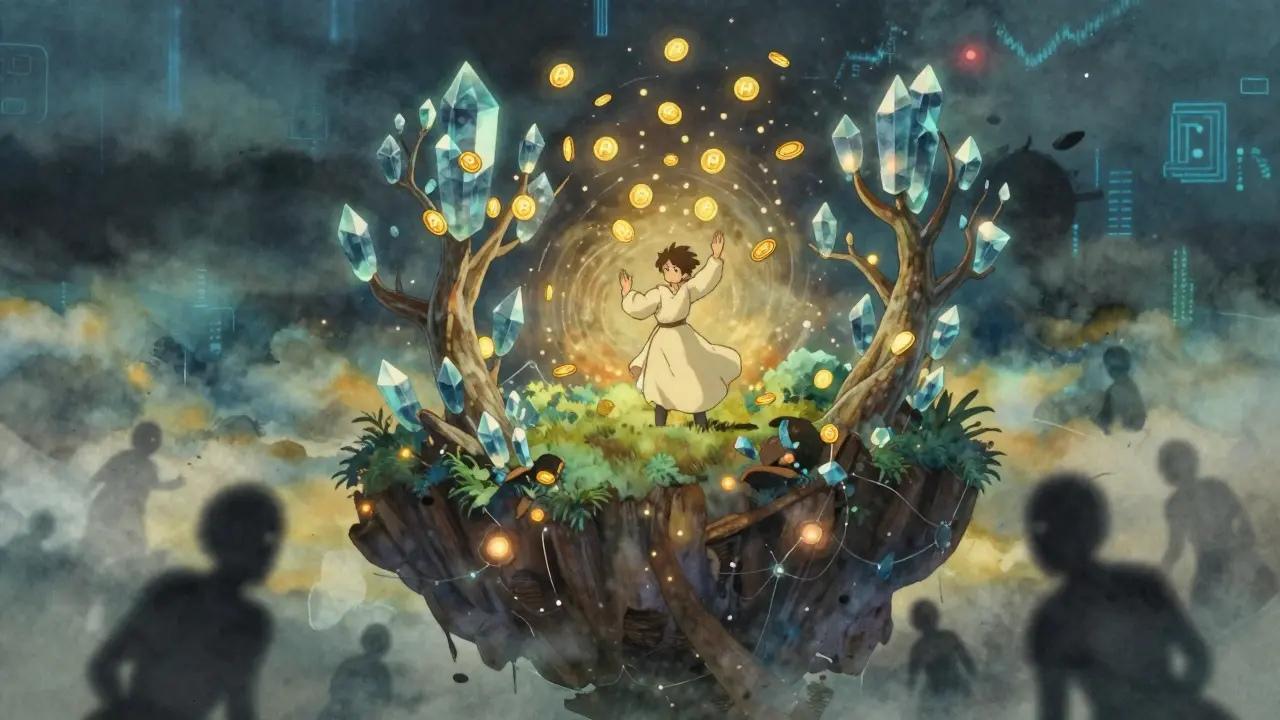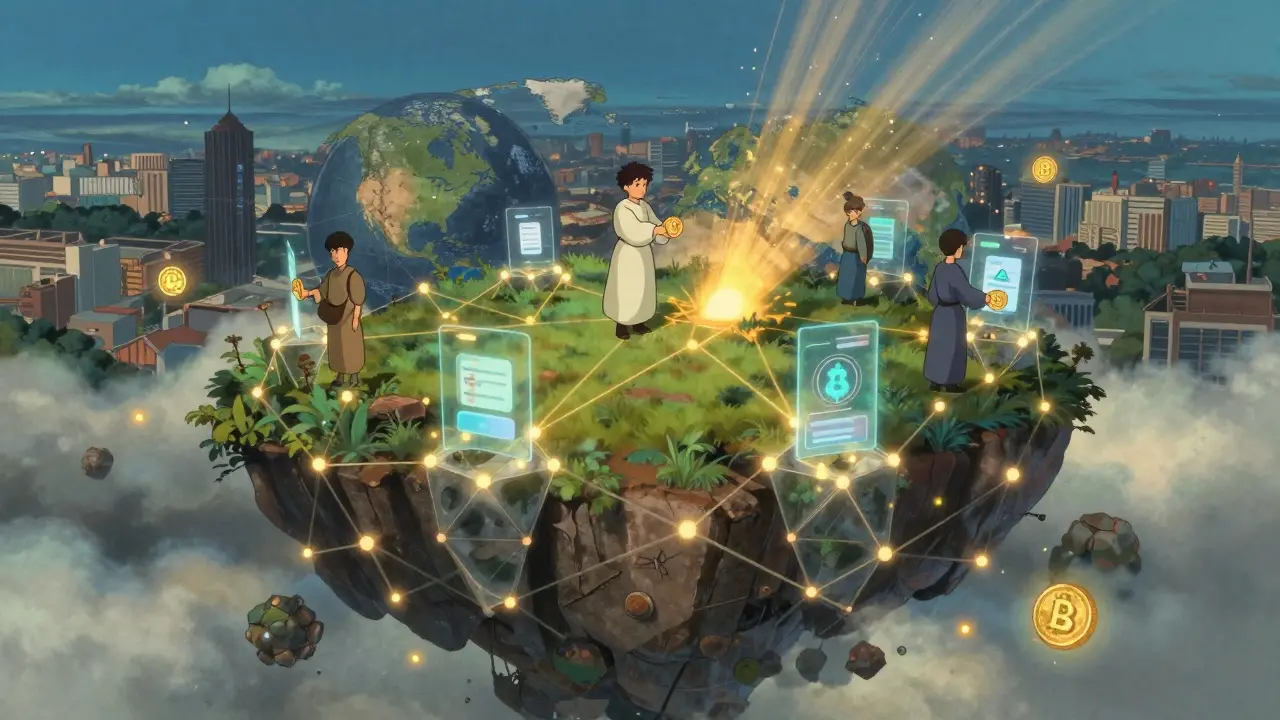Play-to-Earn: How Tokens, NFTs & DAOs Shape the Space
When you hear Play-to-Earn, a model where players earn crypto rewards by playing video games, you’re stepping into a world built on gaming tokens, cryptocurrencies that power in‑game economies, NFTs, unique digital assets that represent items, characters or land and DAOs, community‑governed groups that decide how a game’s treasury is spent. Play-to-earn combines these pieces: tokens let you buy gear, NFTs give you provable ownership, and DAOs let players shape future updates. The result is a loop where play creates value, value creates incentives, and incentives keep players engaged. That loop is why projects like JEJE Token, ISKRA Token and other game‑centric coins can attract both gamers and investors.
One of the fastest ways new players get into the ecosystem is through an airdrop, a free distribution of tokens to early adopters or community members. Airdrops lower the barrier to entry, seed liquidity, and generate buzz. For example, the ATA airdrop in 2025 gave Automata Network users a stash of tokens they could stake or trade right away. Staking, another common feature, lets token holders lock up assets to earn passive rewards while supporting network security. When you combine staking with DAO voting, you get a truly democratic game economy where the community decides which new features get funded.
What’s Coming Up
Below you’ll find a curated list of articles that dig deeper into each component of the Play-to-Earn universe. We cover tokenomics of specific gaming coins, step‑by‑step guides to claim airdrops, risk assessments for DAO‑governed projects, and real‑world use cases that show how NFTs are changing in‑game ownership. Whether you’re a gamer curious about earning crypto or an investor looking for the next big play‑to‑earn token, the posts ahead give you practical insights and data‑driven analysis. Dive in and see which projects match your goals.

